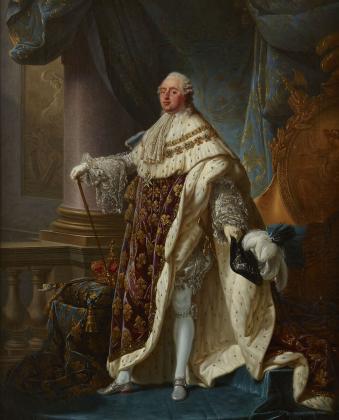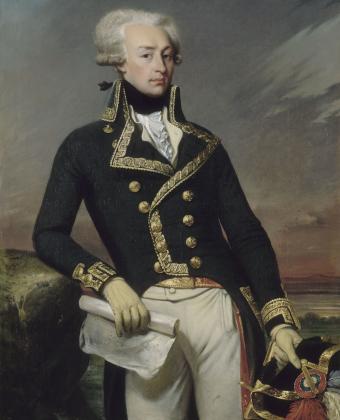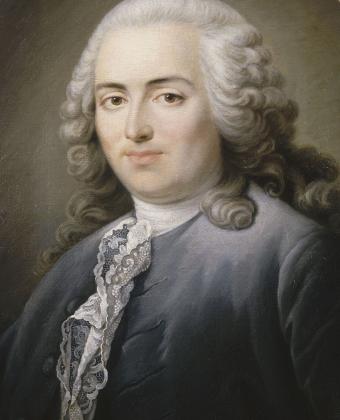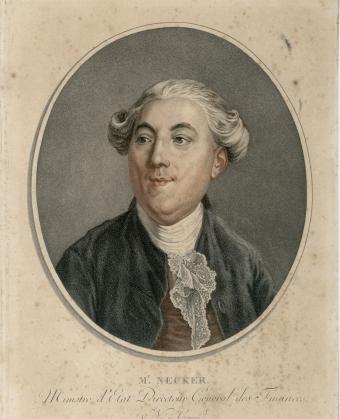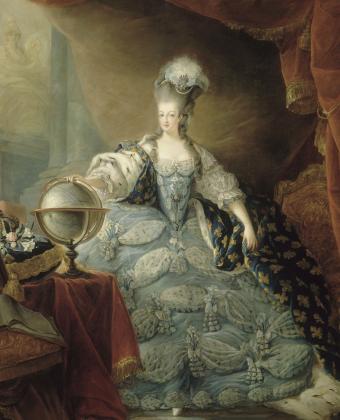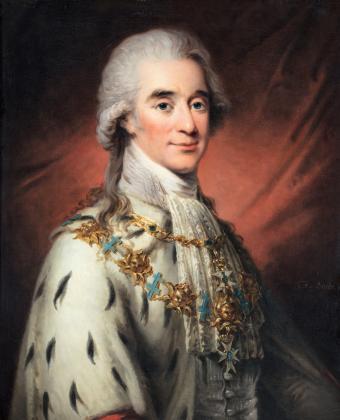In 1785 Louis XVI, at the urging of his Minister for Maritime Affairs, the Marshal of Castries, appointed La Pérouse to lead a voyage of discovery around the world. He had first come to the King’s attention for the great courage and valour he demonstrated during the American War of Independence, in which France sided with the American colonies against Great Britain. The expedition backed by Louis XVI was seen as an important step towards restoring France’s political standing: French maritime capabilities needed to be enhanced, uncharted lands and trading opportunities were waiting to be discovered, and a new voyage would add to the wealth of knowledge accumulated by Cook’s voyage in the fields of geography, hydrography, physics, astronomy, mineralogy, botany and meteorology. The idea of a voyage of discovery appealed strongly to the king, who had long been interested in exploration, geography and the natural sciences.
The expedition was first and foremost an extraordinary human adventure. Two frigates – La Boussole and L’Astrolabe – set sail, each with a crew of 110 officers, sailors and scientists, captained by La Pérouse and Fleuriot de Langle. To facilitate their research, the expedition was equipped with the finest scientific instruments of the day as well as a well-stocked library of reference works.
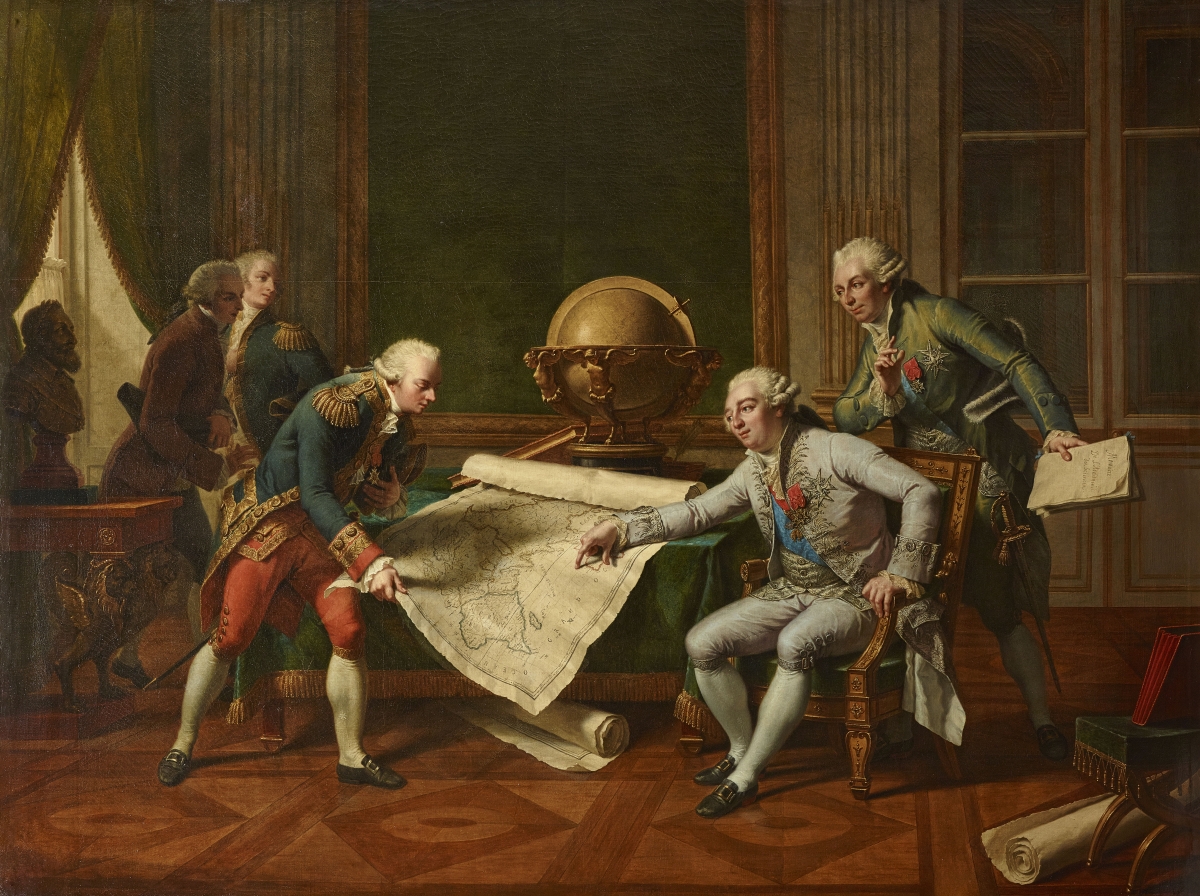
Louis XVI giving his instructions to La Pérouse, 29 June 1785, Nicolas-André Monsiau (1817)
© Château de Versailles, Dist. RMN / © Christophe Fouin
The journey was originally intended to last three years, and equipping an expedition for such a length of time was a major undertaking. 350 barrels of food were loaded onto each ship, along with 1000 tonnes of equipment and items to be traded at the ports they stopped in. The expedition sailed the seven seas between 1785 and 1788. They were expected to return to France in the summer of 1789, but the court received no further word from La Pérouse after the ships left Botany Bay in Australia in March 1788. The mystery and worry surrounding the fate of the expedition prompted the king to send out a rescue mission, but to no avail.
It was not until 1826 that the wrecks of the two ships were discovered on Vanikoro, now one of the Solomon Islands, in the middle of the South Pacific.
Some researchers believe that Captain Edwards of the HMS Pandora, sent to comb the South Seas for the mutineers of The Bounty, had passed the island in 1791 and, single-mindedly set on hunting only the mutineers, ignored smoke signals coming from the island.
In another historical curiosity, one young man who had applied for a place on the crew but was turned down was the 16-year-old Napoleon Bonaparte.




